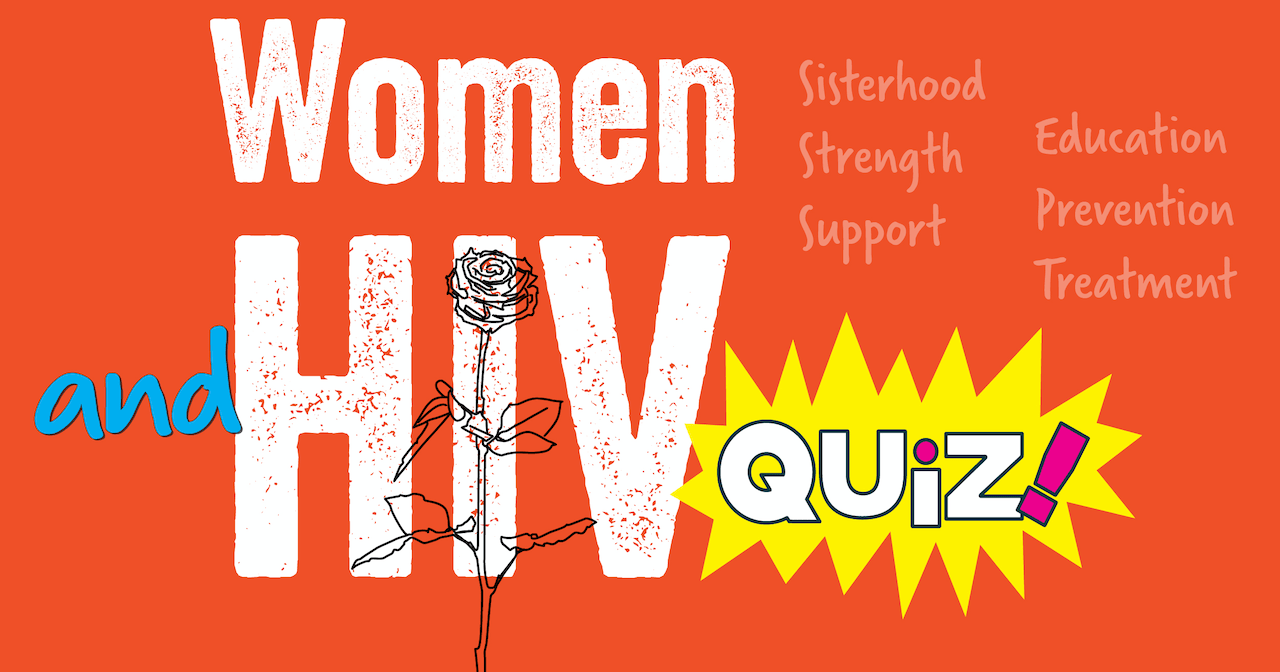Prevention, testing and treatment
This information from Illinois HIV Care Connect provides women with information and tools that can help them prevent HIV, get tested for HIV, and get treatment if they have HIV so that they can live long, healthy lives.
While HIV is perceived as a disease affecting mostly gay men, 18% of new HIV diagnoses in the United States occur among women, according to the Centers for Disease Control and Prevention (CDC). About 54% of women living with HIV are Black/African American. The most common way women get HIV is through unprotected sex with a male partner who has HIV.
Women living with HIV at risk for co-morbidities
According to HIV.gov, women living with HIV are at higher risk for cervical cancer, heart disease, and gynecological issues, such as sexually transmitted infections (STIs), vaginal yeast infections, and menstrual cycle problems.
Cervical cancer is an AIDS-defining cancer, meaning that a diagnosis marks the point at which a person’s HIV infection has progressed to AIDS. It is important that women living with HIV be screened regularly for cervical cancer.
The risk of heart attack is another concern. Women living with HIV are three times more likely to have a heart attack than women without HIV, according to HIV.gov. Research is underway to learn how factors unique to women living with HIV affect heart disease risk.
STI screening and treatment are especially important for women living with HIV because some STIs, such as genital herpes, can happen more often and be more severe and/or harder to treat. Recurring vaginal yeast infections (infections that happen more than once a year) can happen more often in women living with HIV. Women living with HIV may also experience missed periods, lighter or heavier bleeding, or more severe premenstrual syndrome (PMS).
Learn about HIV and co-morbidities from Illinois HIV Care Connect’s Health Beyond HIV web pages. Learn more about HIV and Women’s Health Issues from HIV.gov.
Preventing HIV
Women who have an HIV-positive partner, who have multiple partners, or who inject drugs are at higher-risk for HIV; however, every woman should talk to their healthcare provider about pre-exposure prophylaxis, or PrEP, a medication that reduces the risk of getting HIV through sex or injection drug use. Take PrEP exactly as prescribed by your doctor.
In addition, it is important to practice safe sex when you are unsure of your partner’s HIV status. Using a condom while having vaginal or anal sex reduces the risk of contracting HIV or other STIs.
If you inject drugs, use only sterile drug injection equipment and water. Never share your equipment with others.
Another HIV prevention option is post-exposure prophylaxis (PEP). PEP means taking HIV medicines within 72 hours of a possible HIV exposure to prevent infection. PEP is only intended for emergency use and is not intended for use by people who may be exposed to HIV frequently.
Learn more about HIV prevention from the National Institutes of Health.
Getting tested
Talk to your partner about HIV and get tested before you have sex. In addition to HIV testing, get tested for other STIs. Having an STI can increase your risk of getting HIV or spreading it to others. Use the Prevention Services feature on the HIV Care Connect homepage to find a testing location near you.
HIV treatment
Treatment with antiretroviral therapy (ART) is recommended for everyone living with HIV. Treatment with ART helps people living with HIV live long, healthy lives. People should start taking ART as soon as possible after HIV is diagnosed under the direction of a doctor. Stay in care and strive to achieve viral suppression, which is defined as having a low or undetectable level of HIV in your blood.
ART cannot cure HIV, but it can help people living with HIV to live long, healthy lives and to remove the risk of transmitting HIV to another person through sex.
Some HIV medicines may reduce the effects of hormonal contraceptives, such as birth control pills, patches, rings or implants. Women who take certain HIV medicines may have to use a different or additional form of birth control.
Learn more about HIV and Women from the National Institute of Health.







